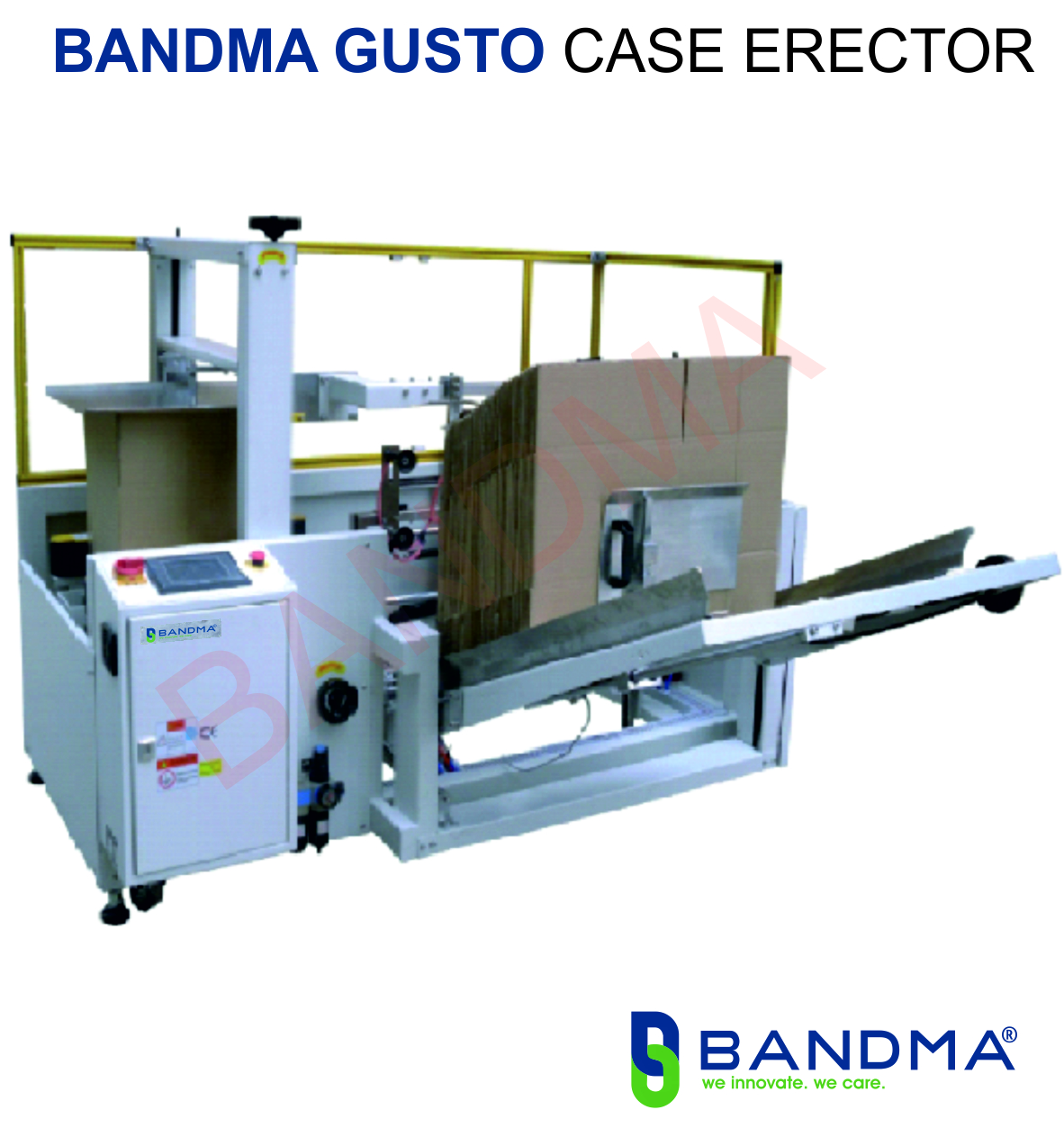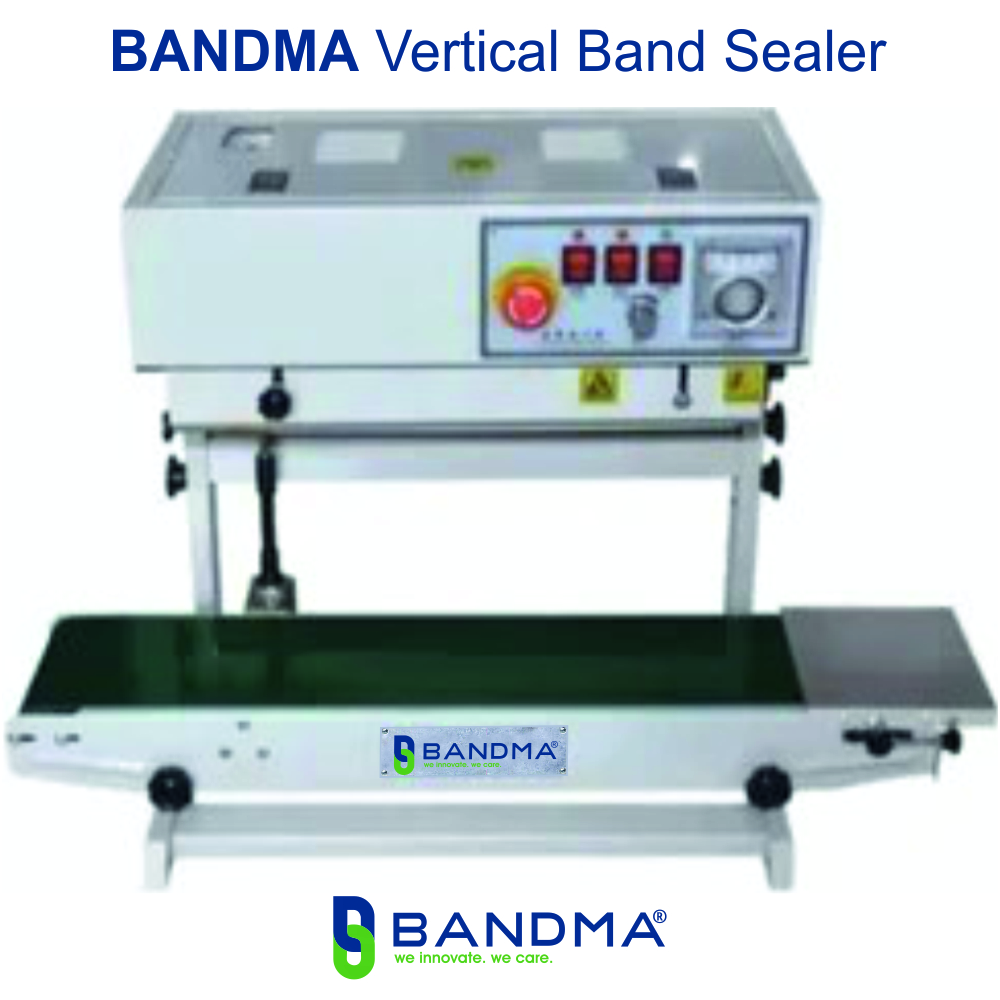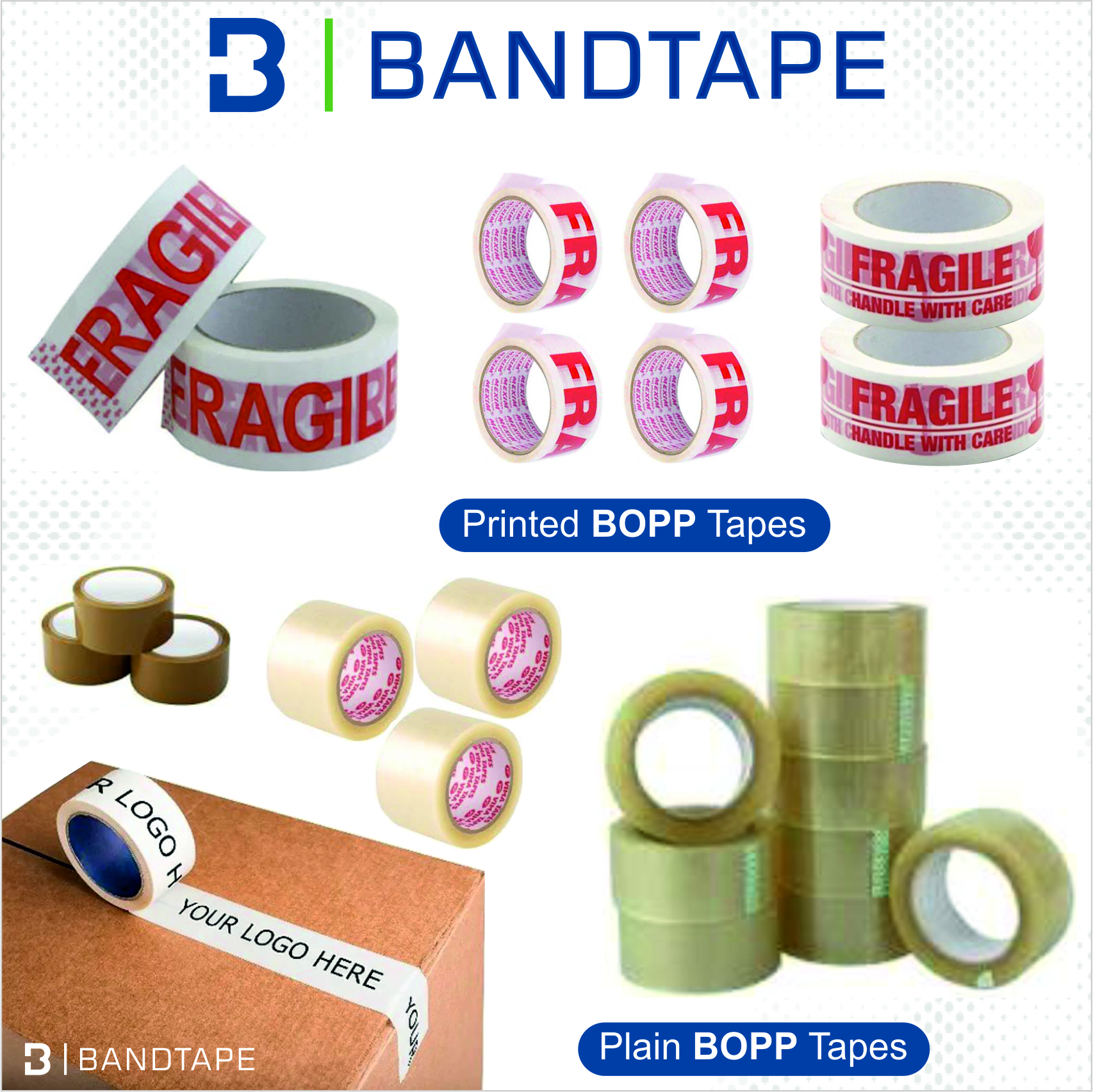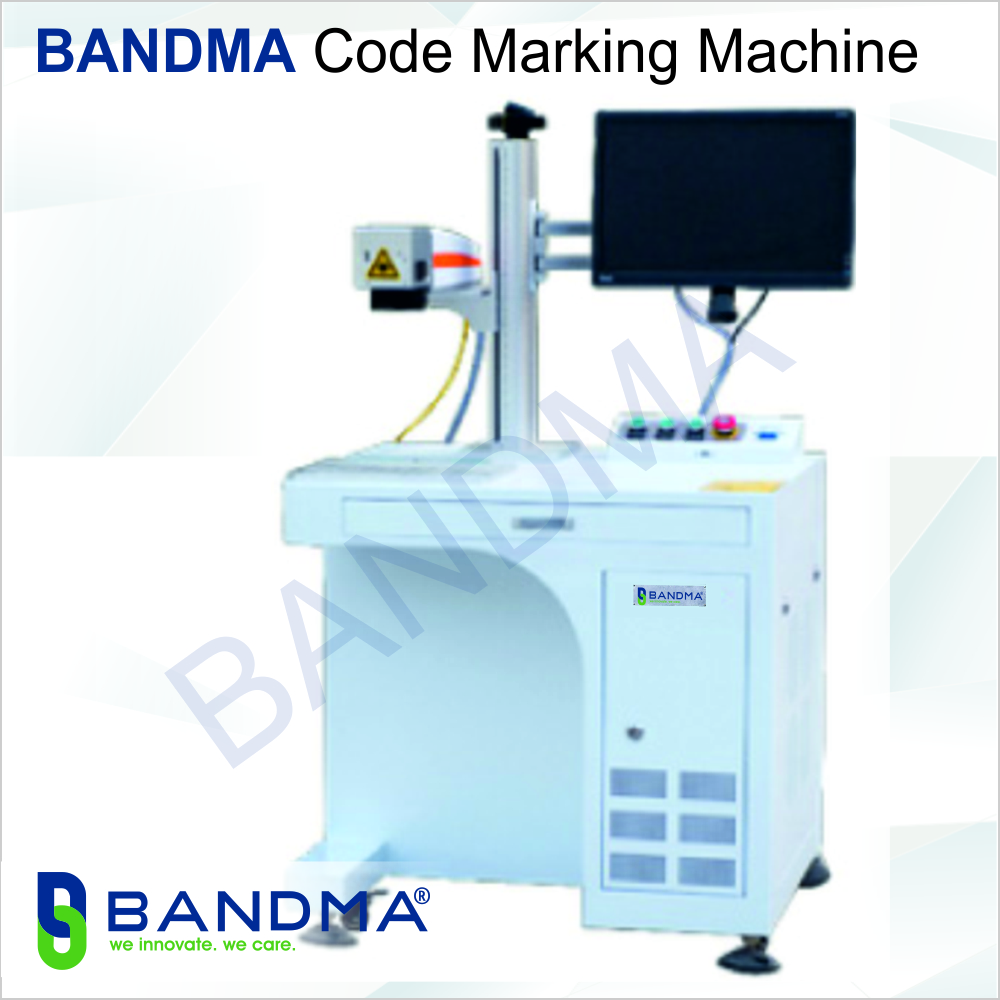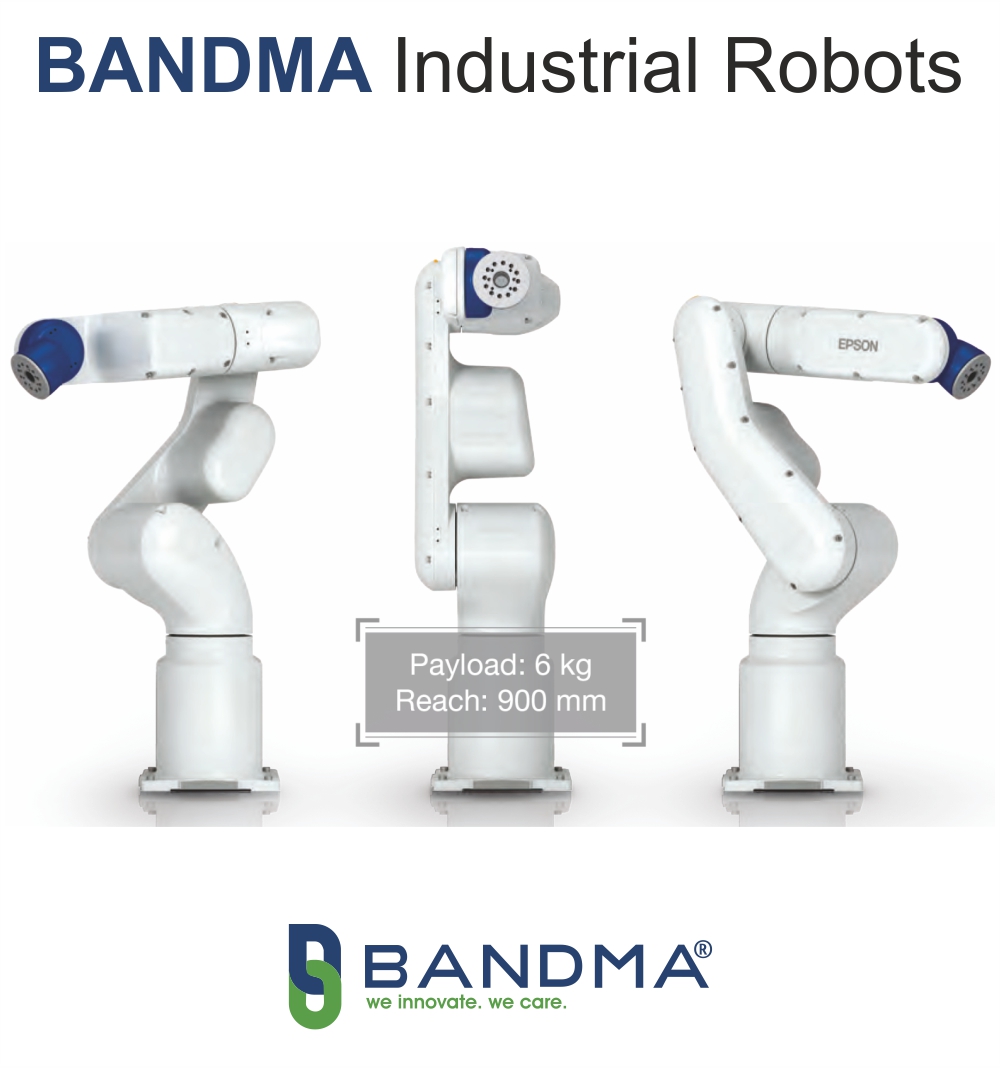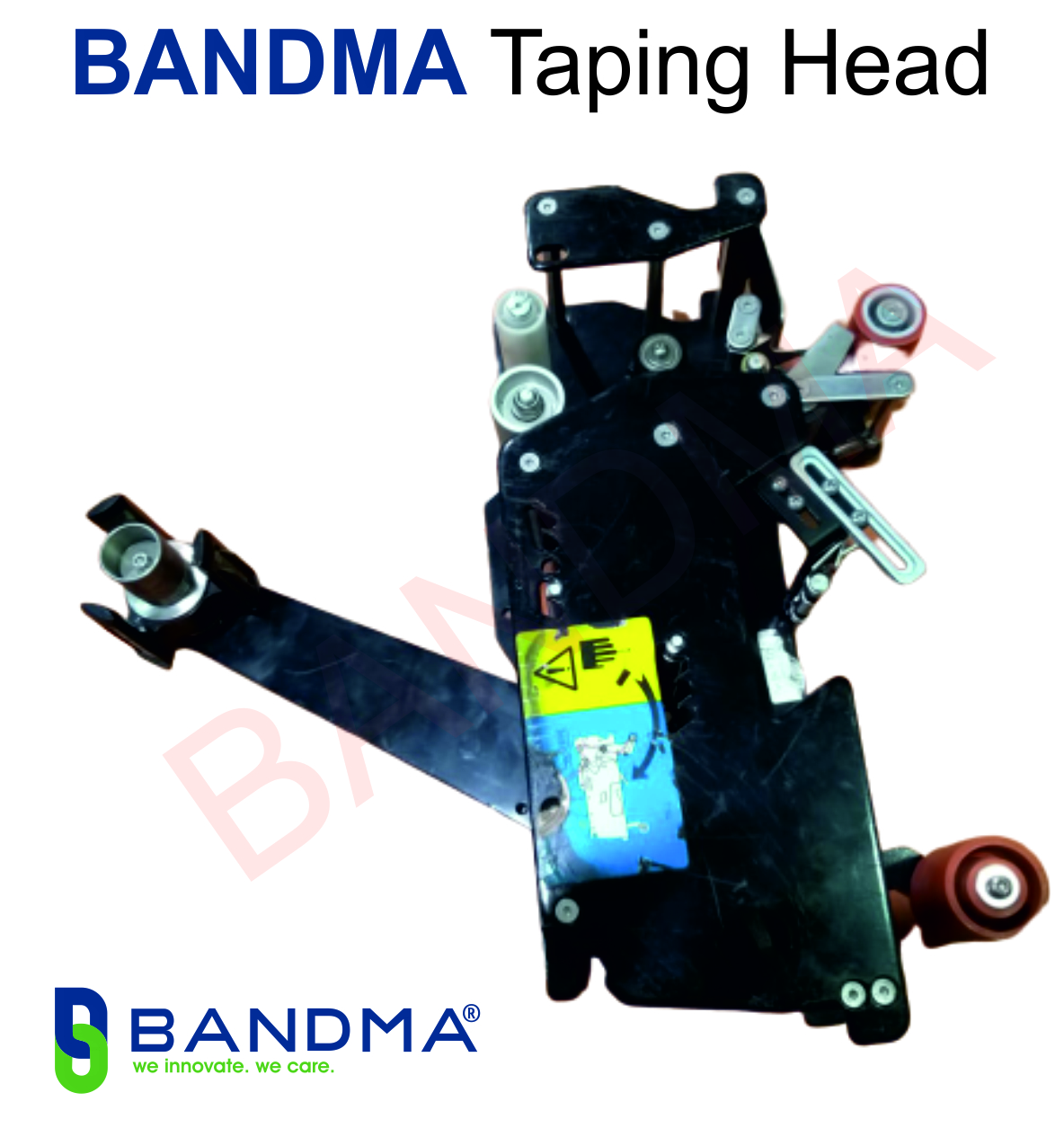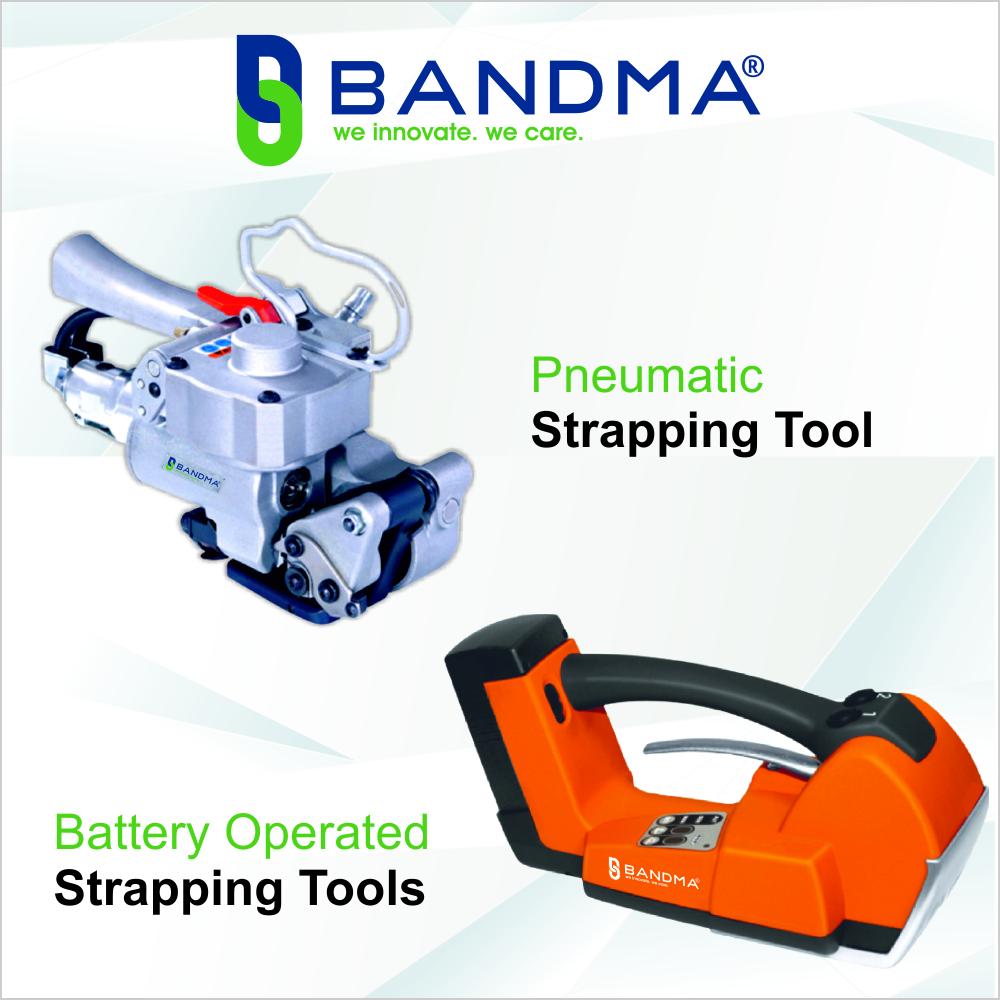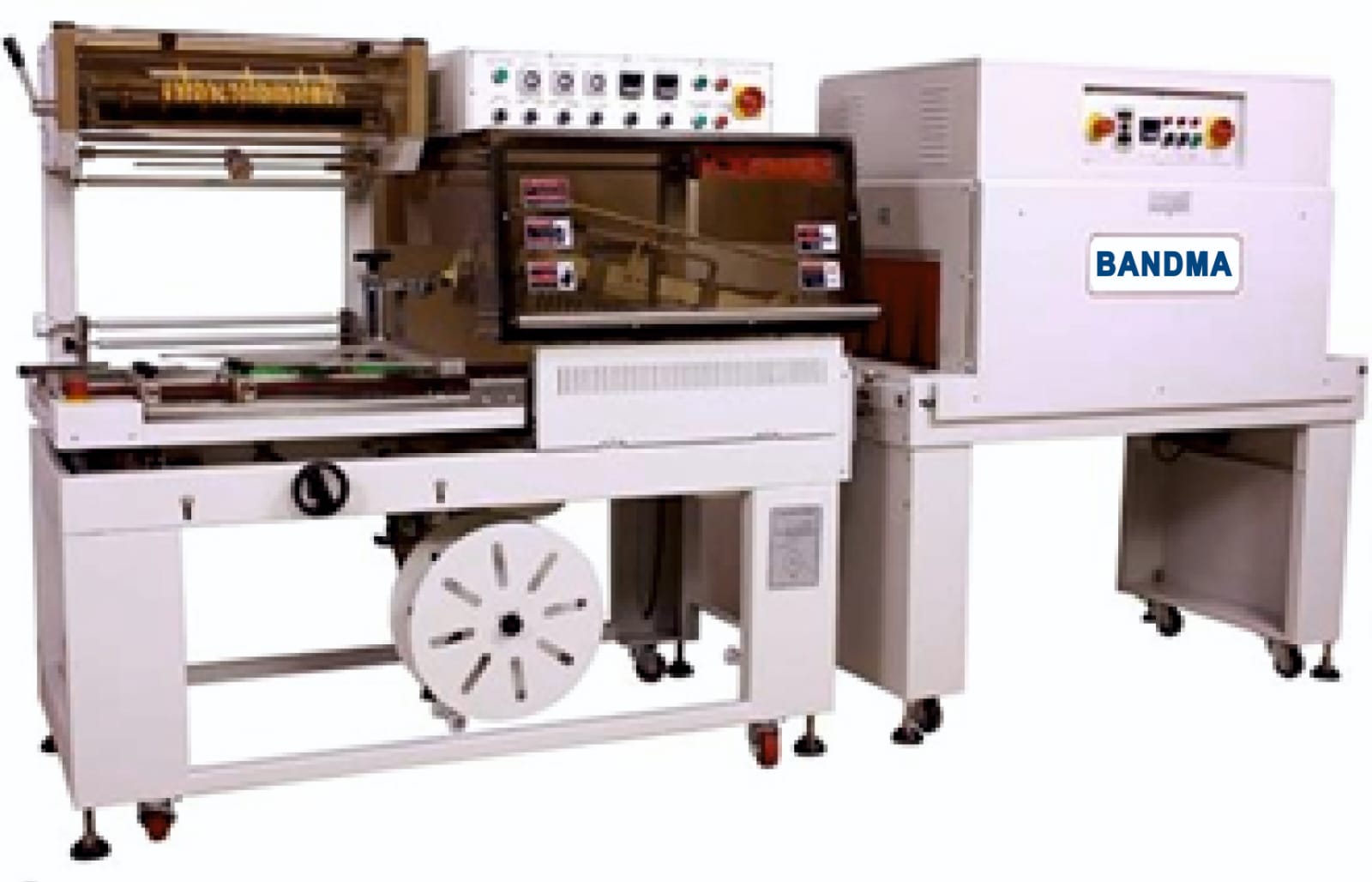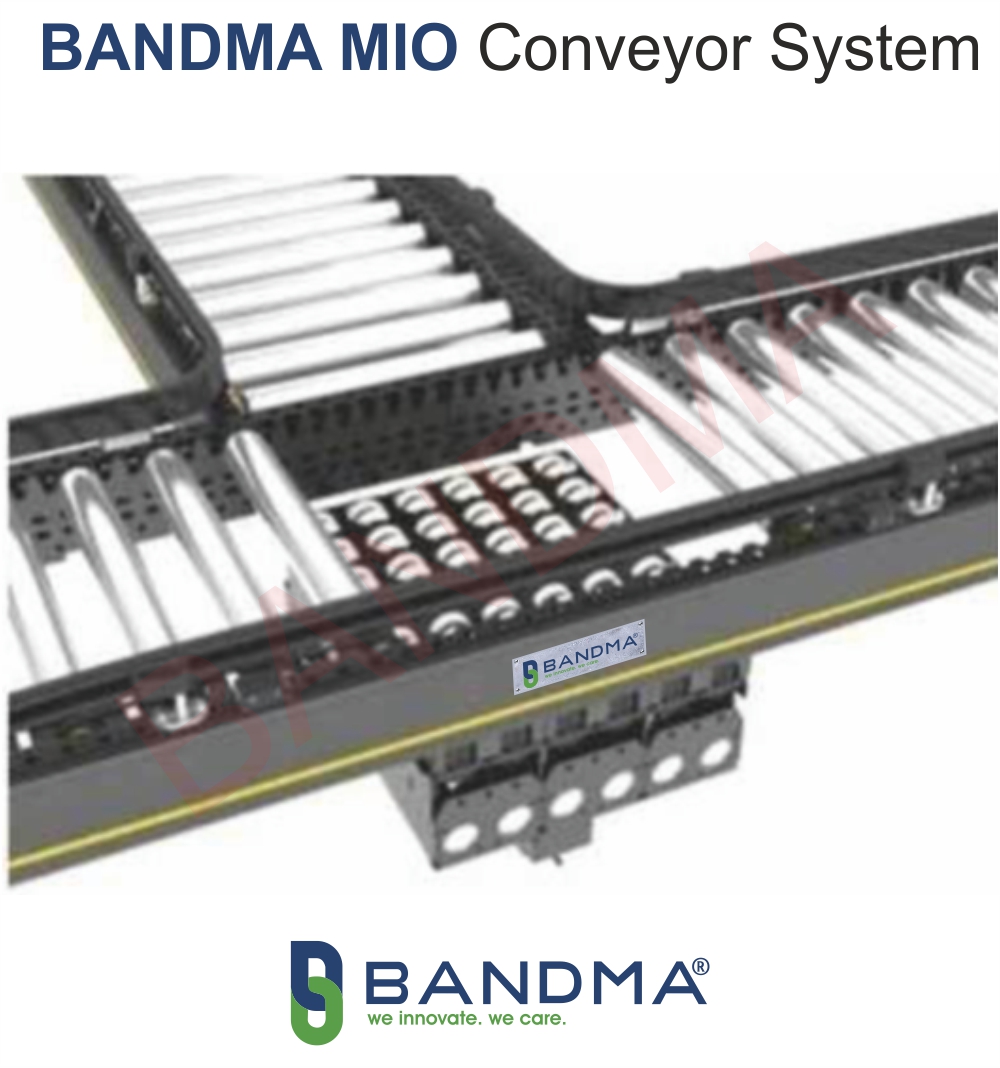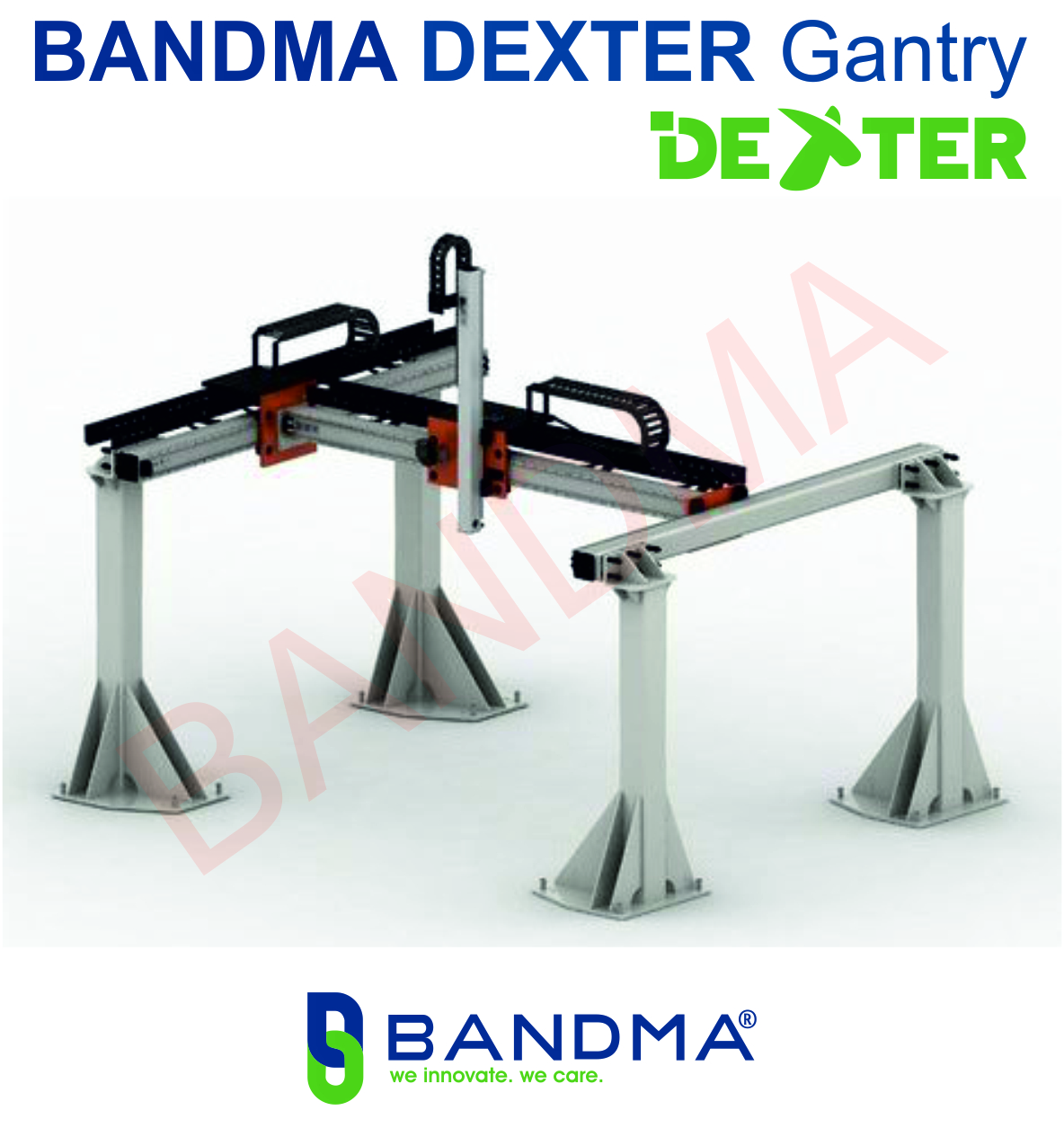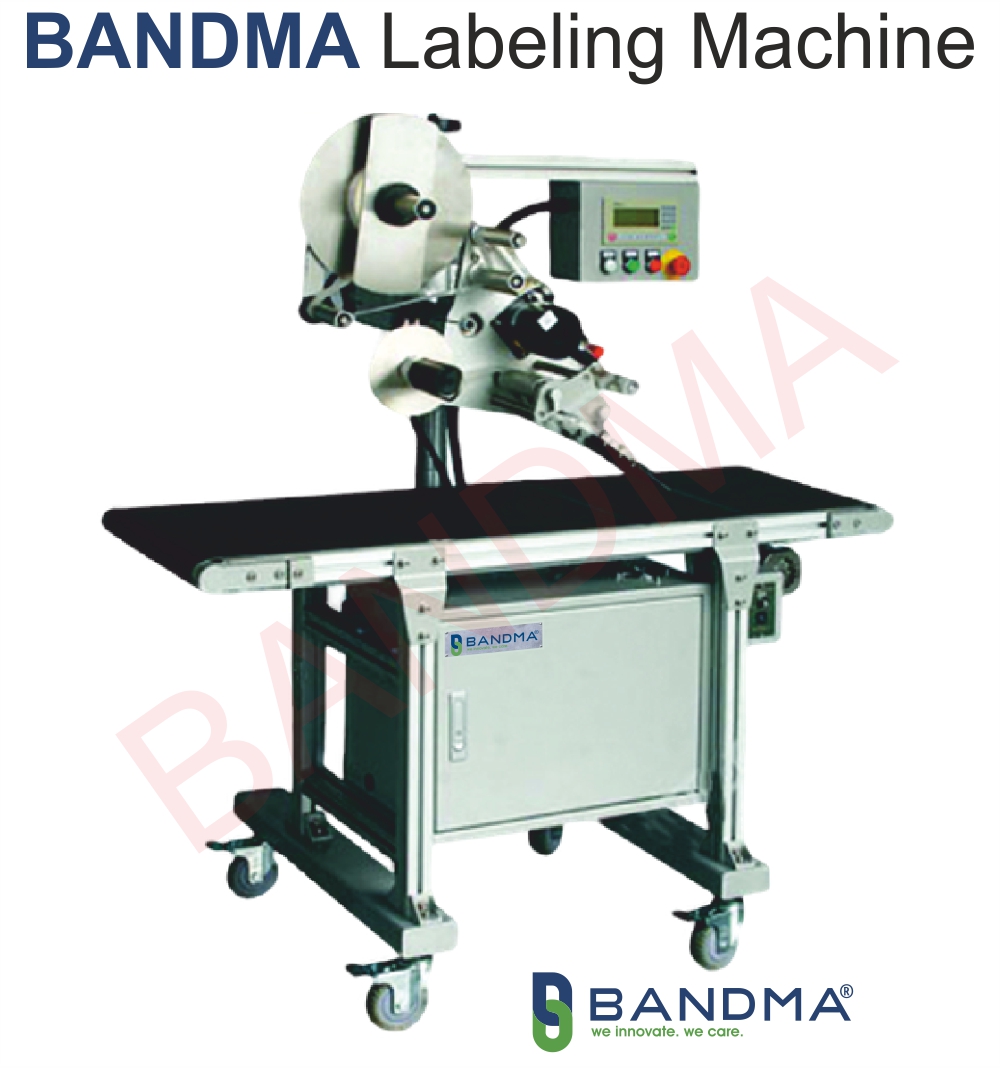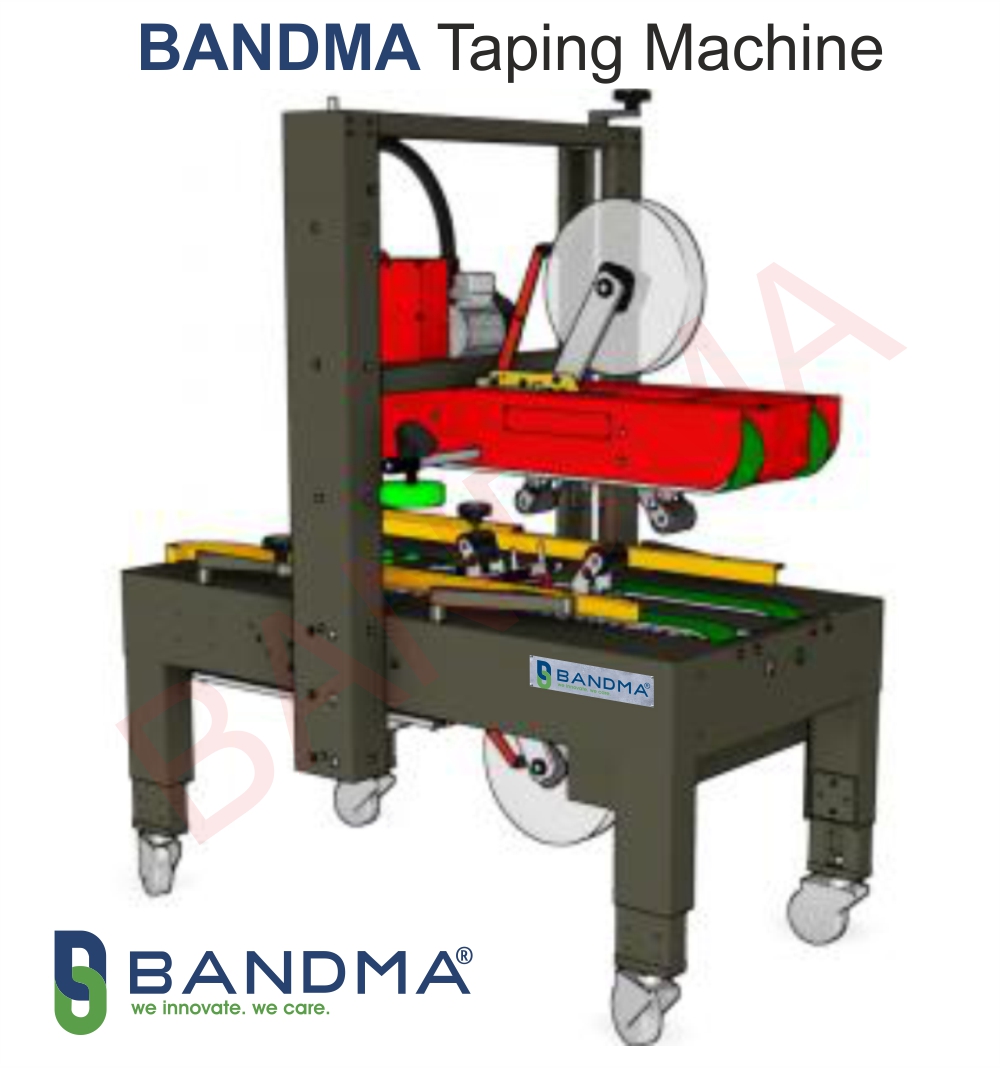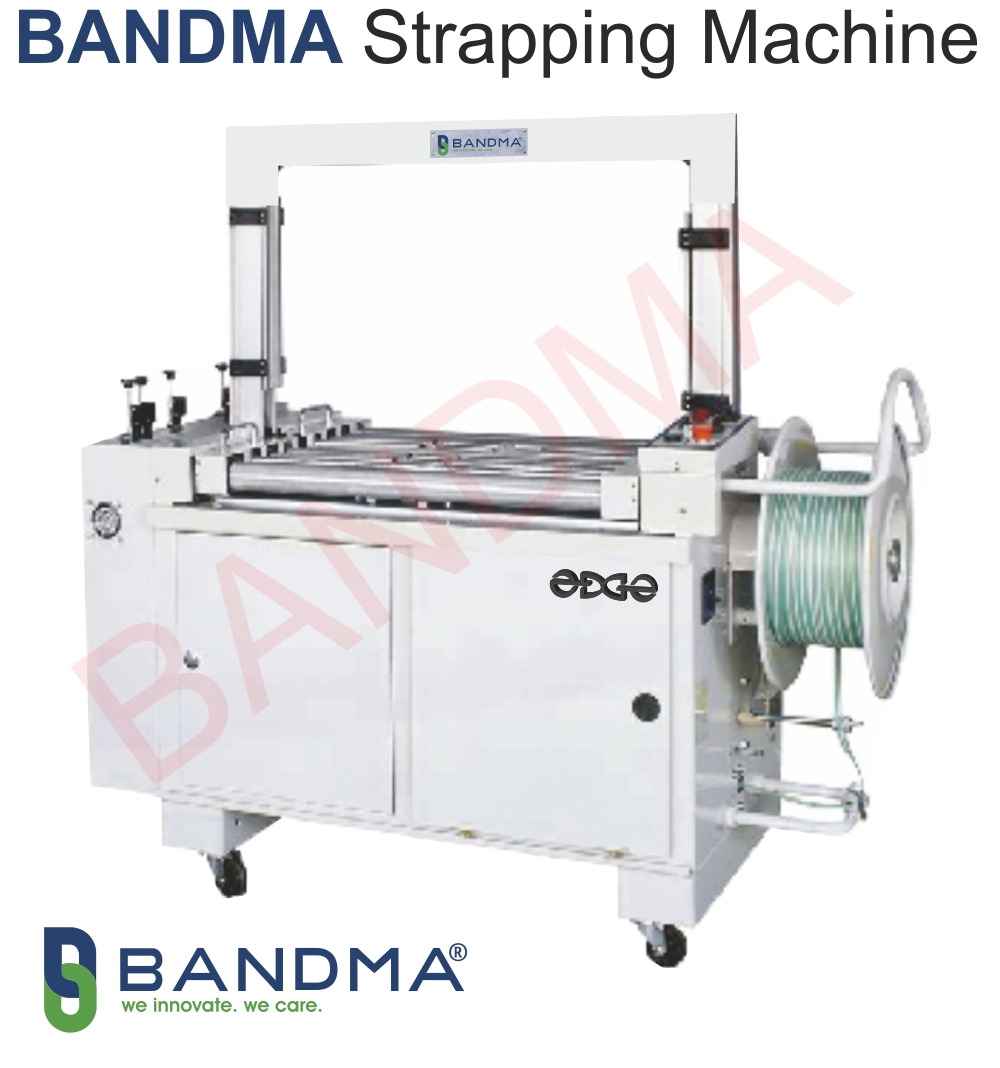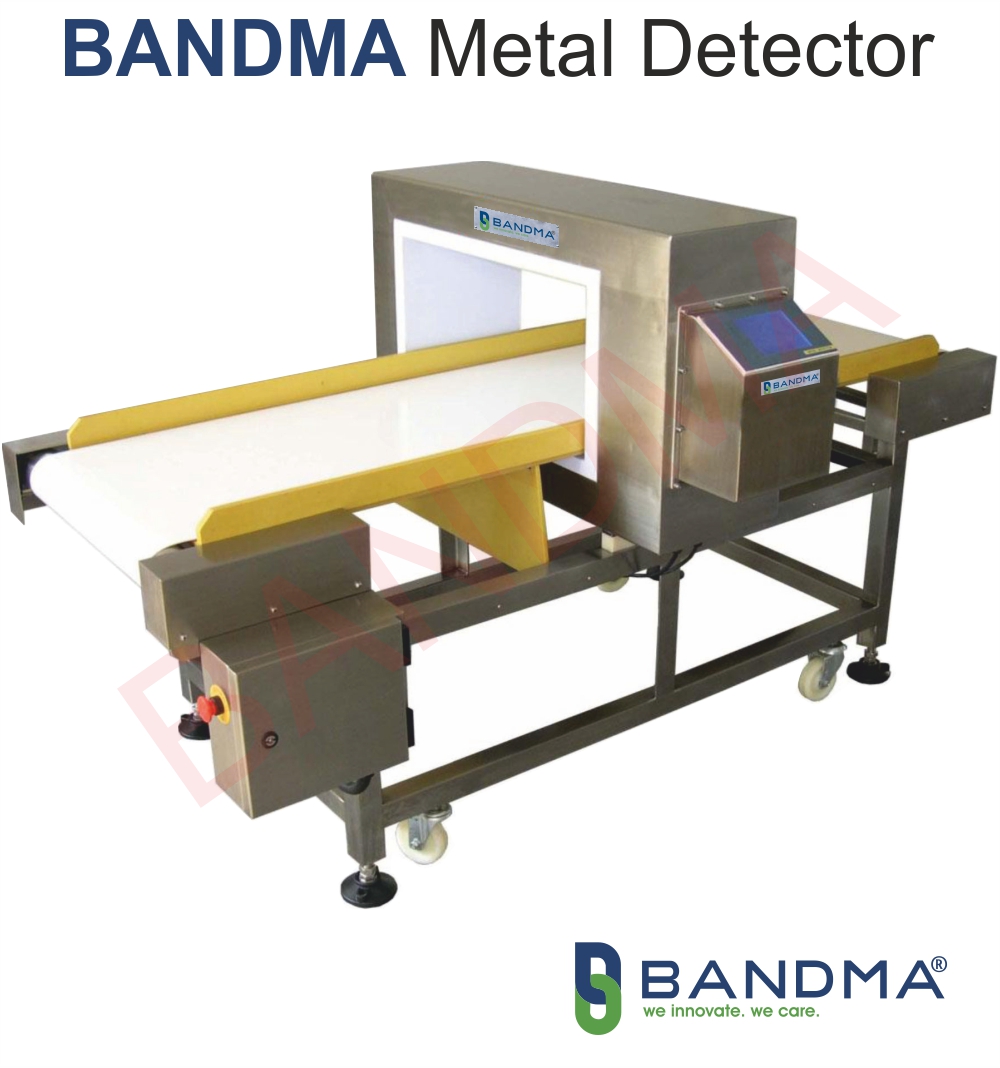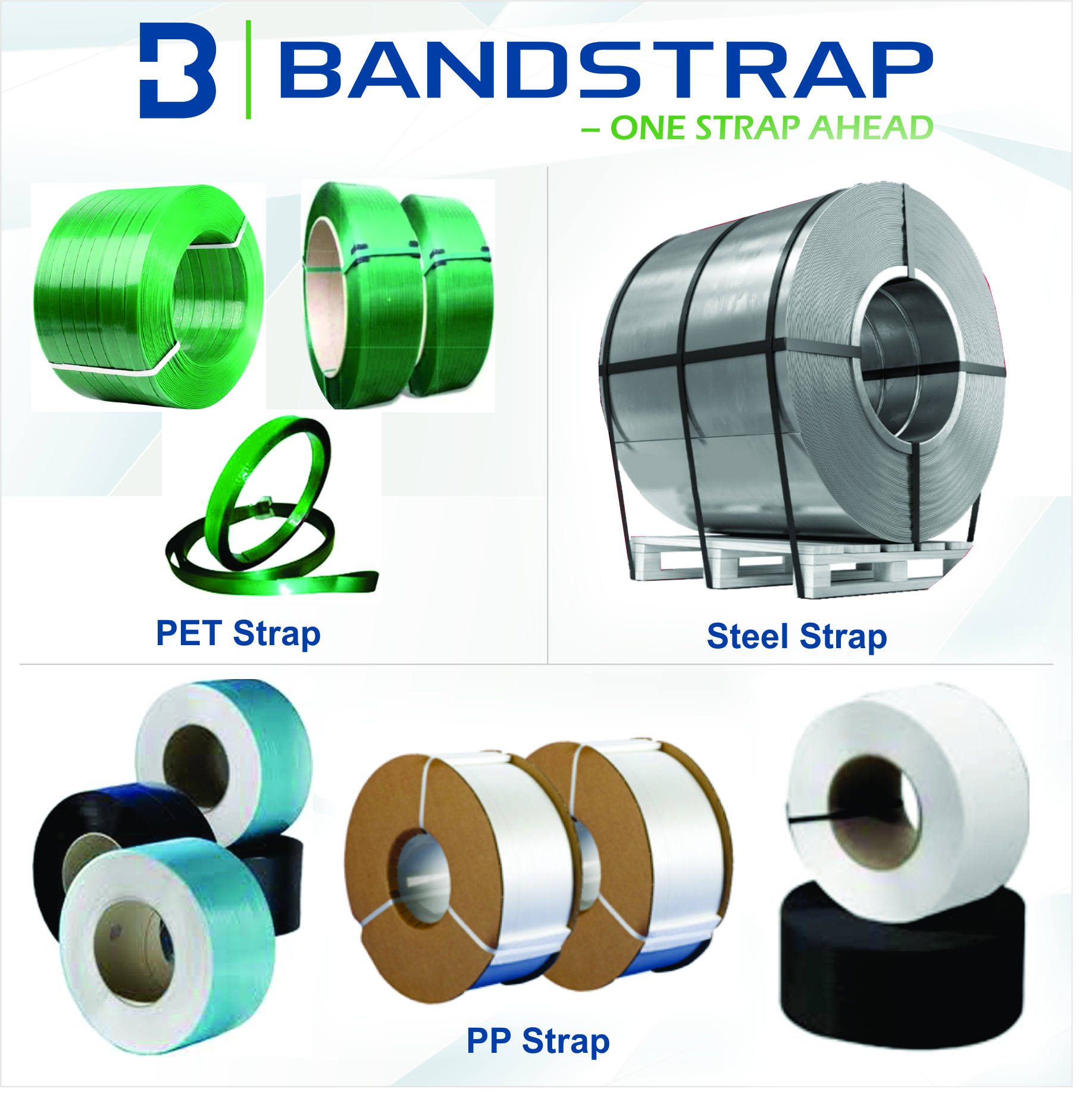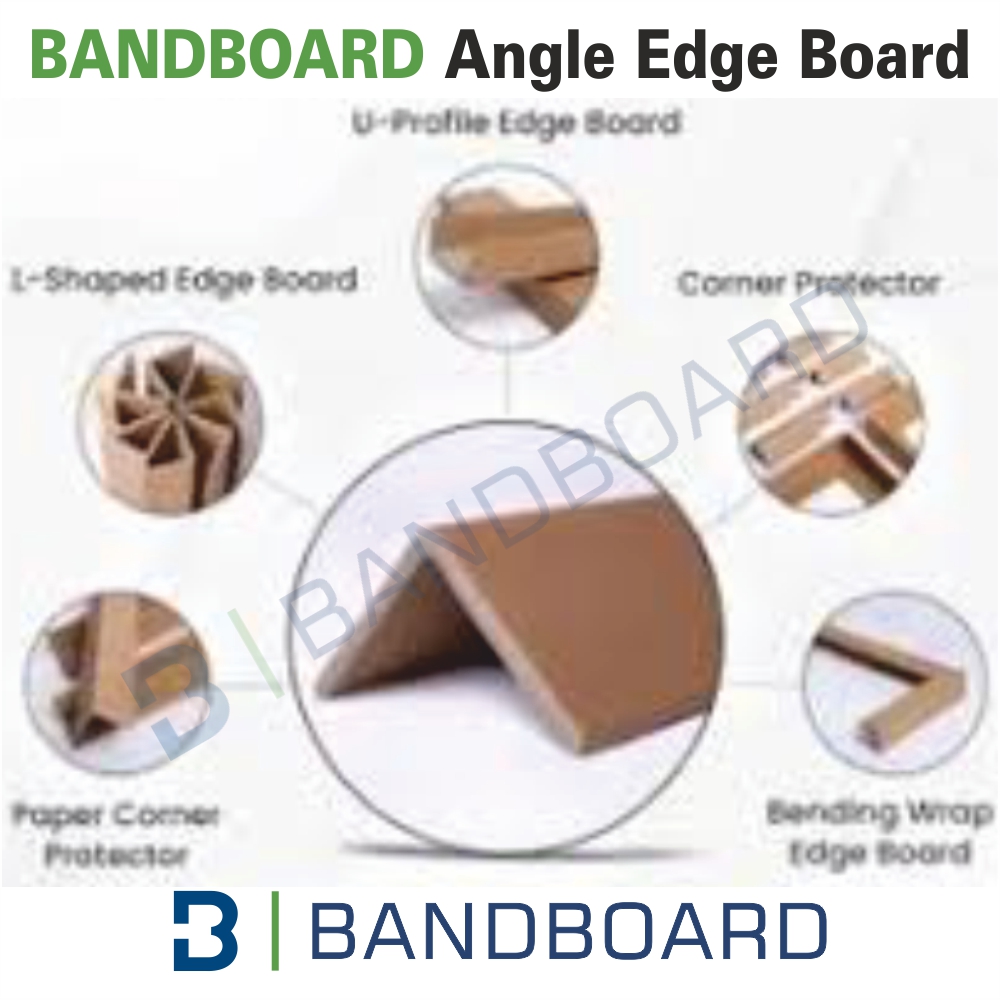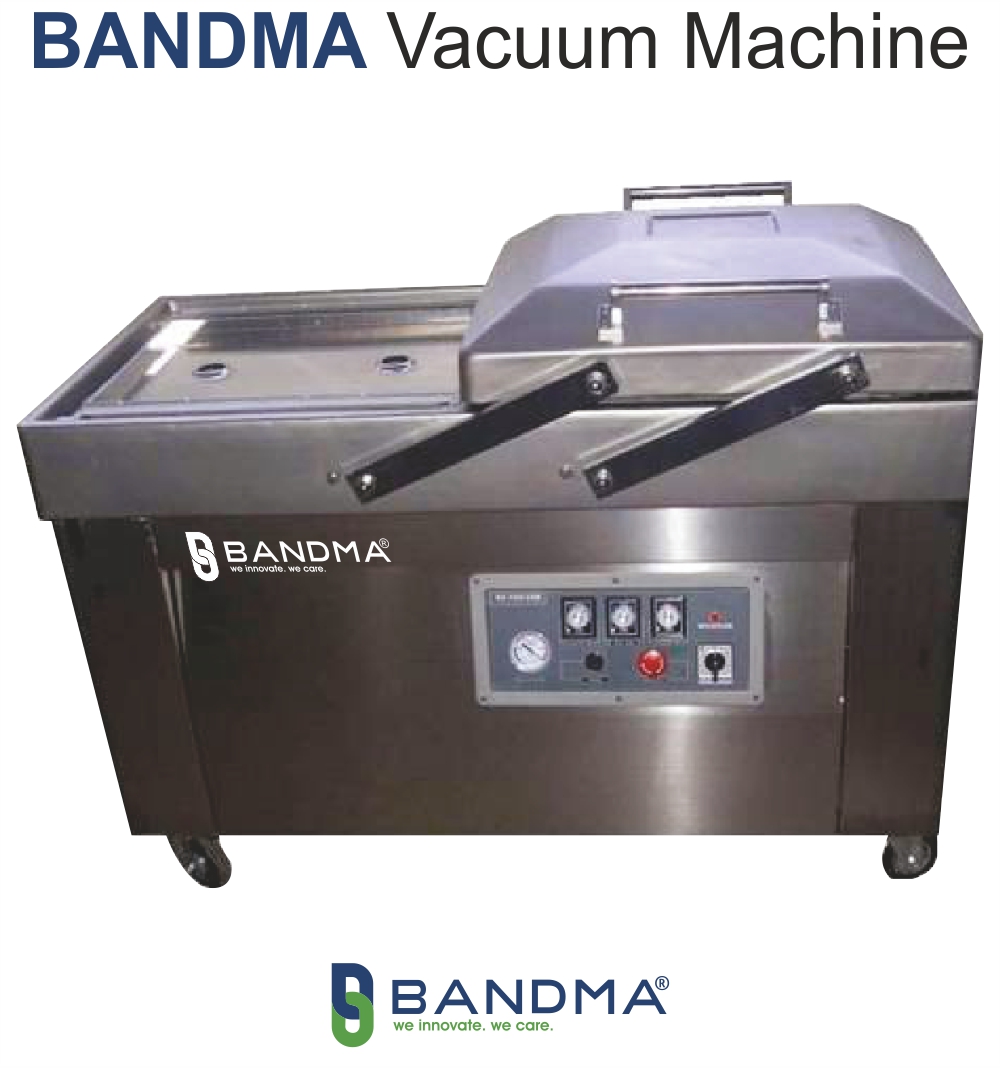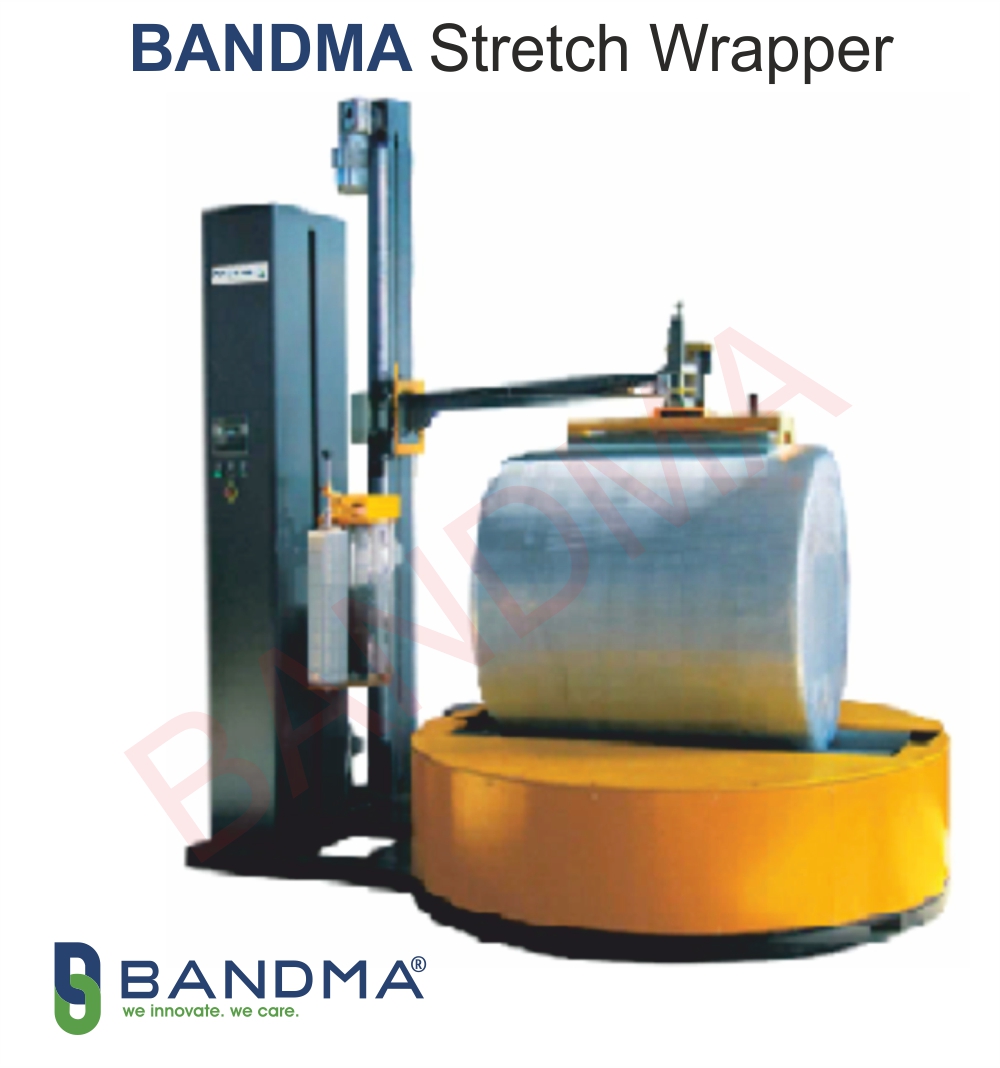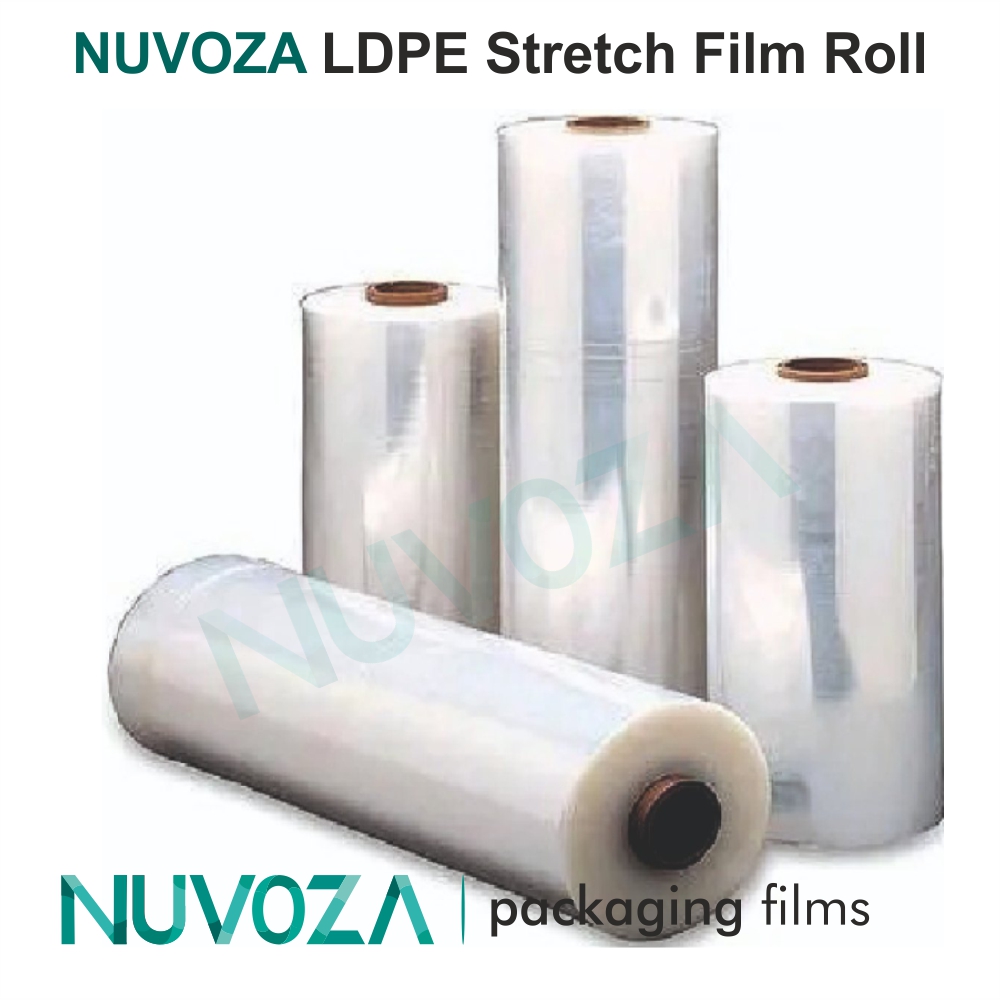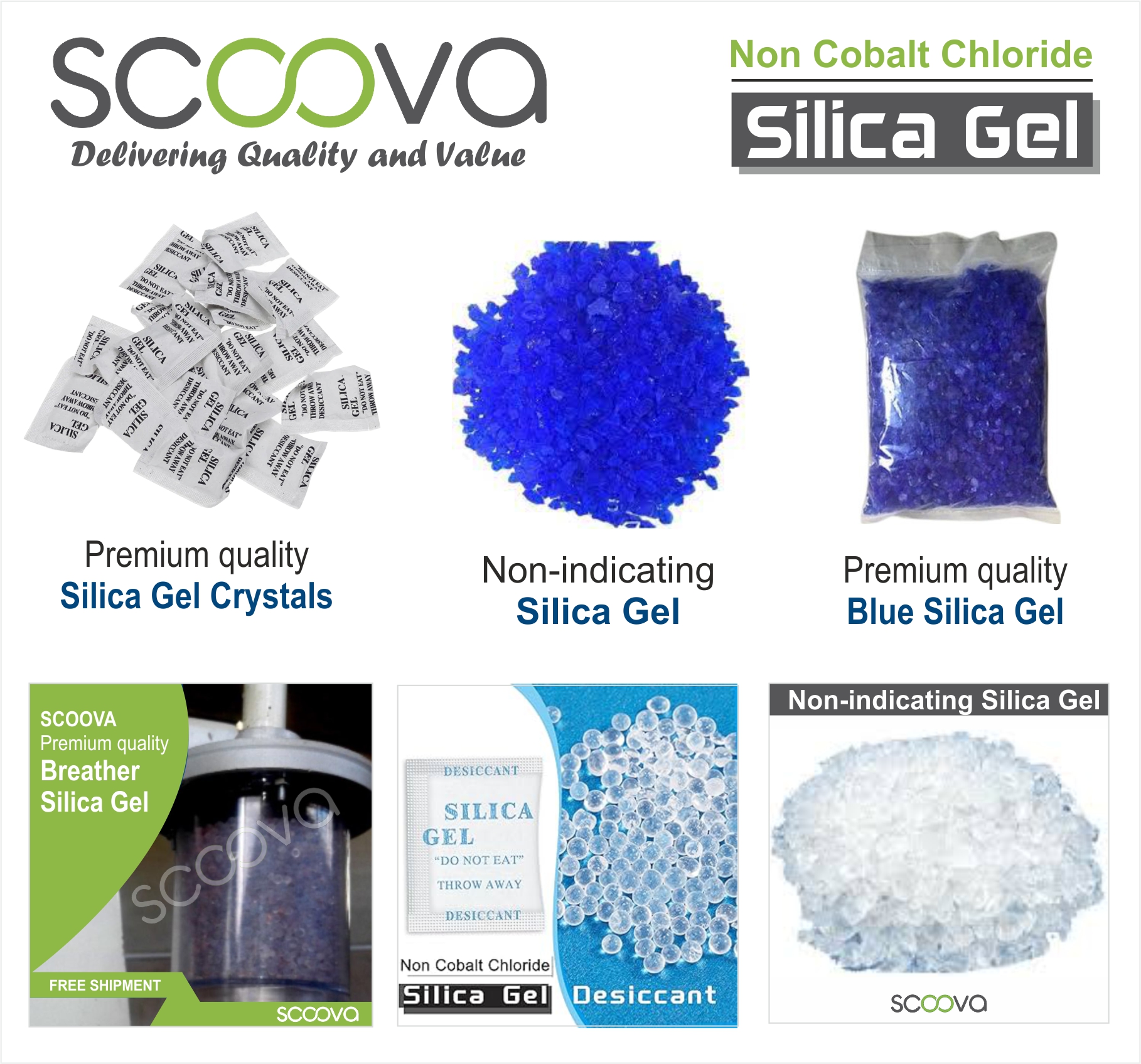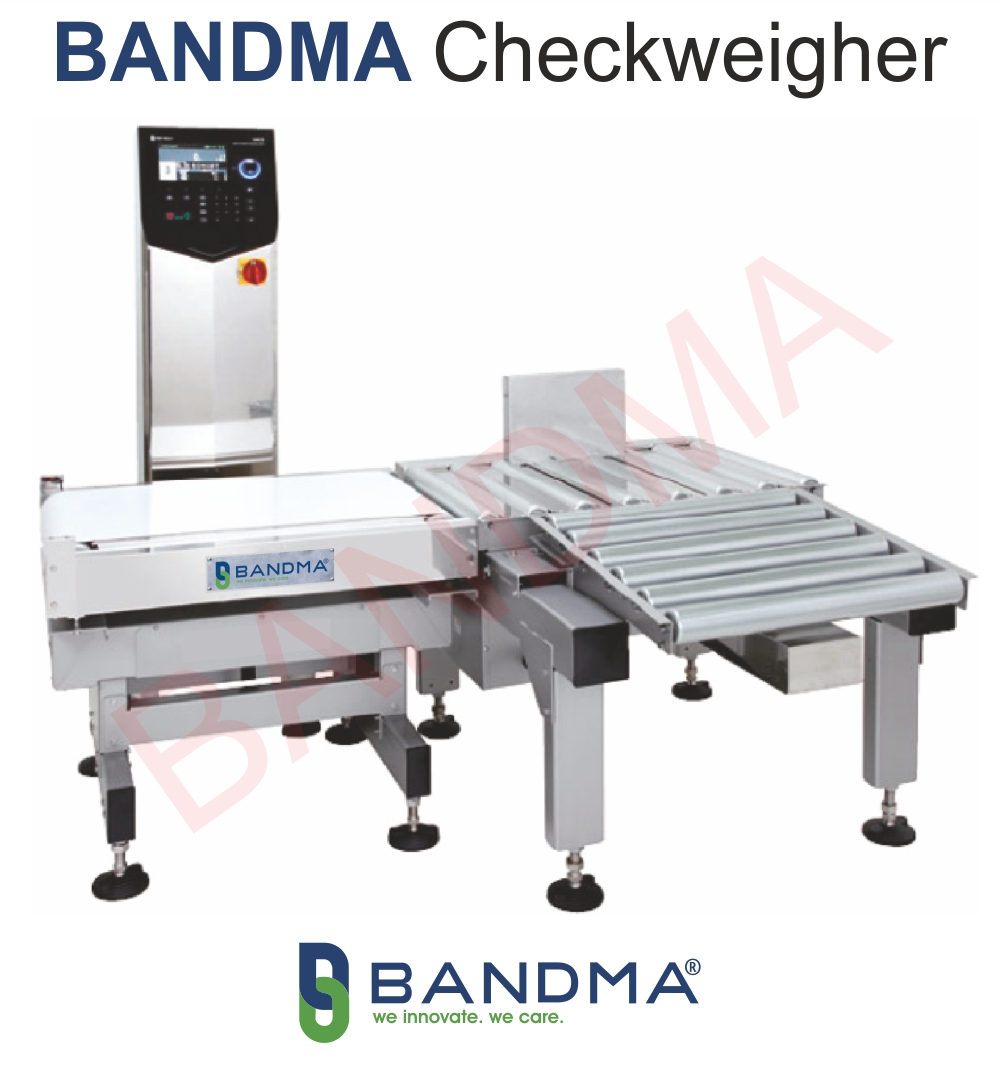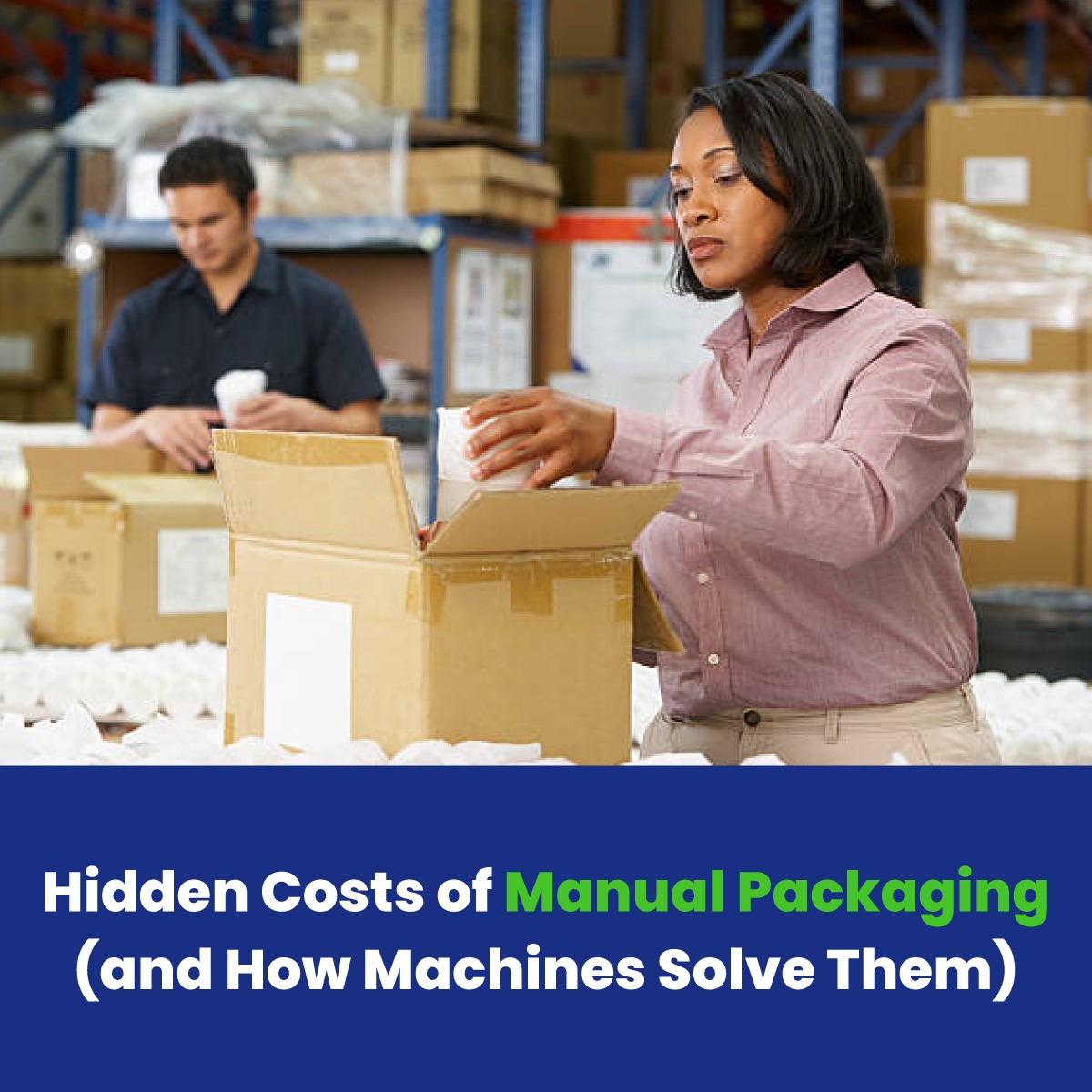When businesses think about packaging, they often calculate visible costs, like tape, stretch film, or cartons. But what many overlook are the *hidden costs* of manual packaging. These unseen expenses can slowly drain profits, reduce efficiency, and even harm customer satisfaction. The good news? Packaging machines are designed to tackle these very challenges, offering both savings and long-term value.
Labor Costs Add Up Quickly
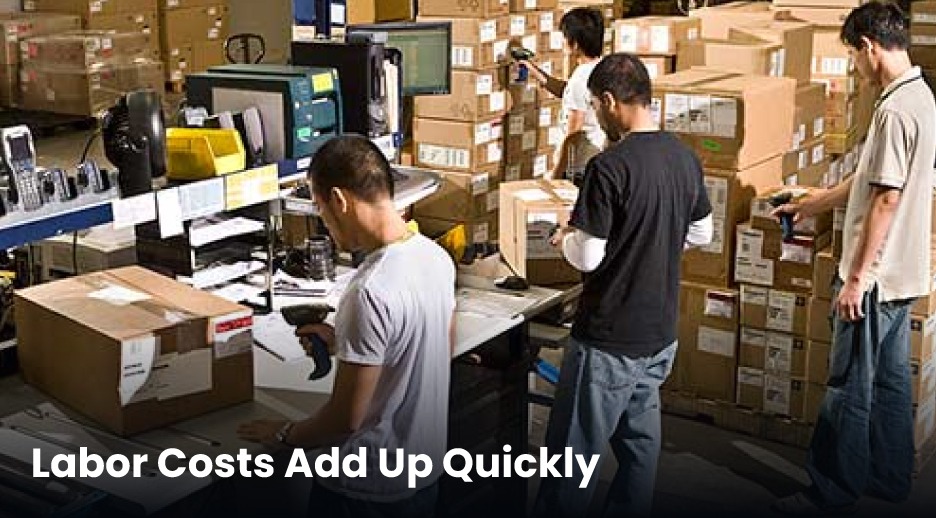
Manual packaging is labor-intensive. Every carton sealed or strapped requires time, effort, and repetitive actions from workers. Over time, this translates into high labor costs, especially for businesses handling large volumes.
How machines solve this:
Carton taping machines, strapping machines, and stretch wrappers automate repetitive tasks, reducing the need for multiple operators. One person can now oversee a machine that completes the work of several people—faster and with greater consistency.
Inconsistent Packaging Leads to Damage
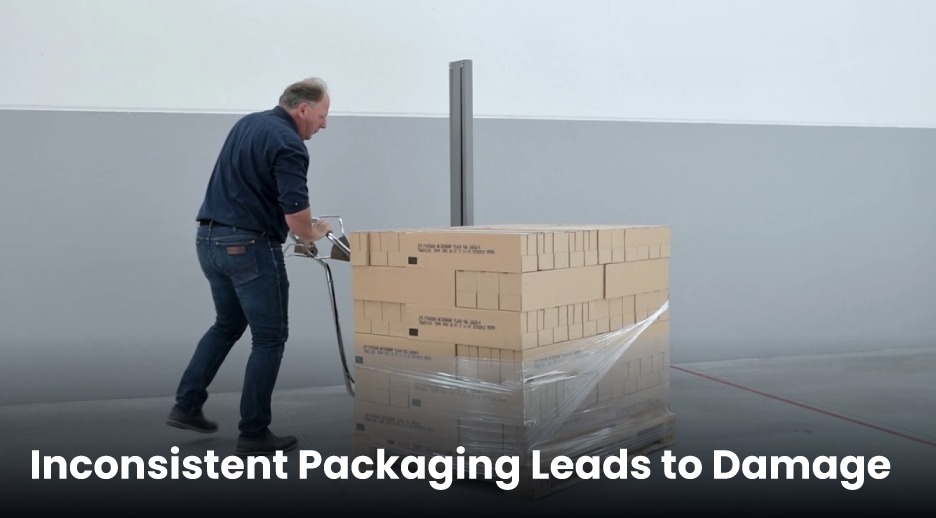
When packages are sealed by hand, there’s always a risk of inconsistency. A loosely applied tape or an uneven strap can result in damaged goods during transit, leading to costly returns and unhappy customers.
How machines solve this:
Automated machines apply uniform tension, sealing, and wrapping every time. This not only protects the product but also safeguards brand reputation by ensuring customers receive goods in perfect condition.
Material Waste Goes Unnoticed
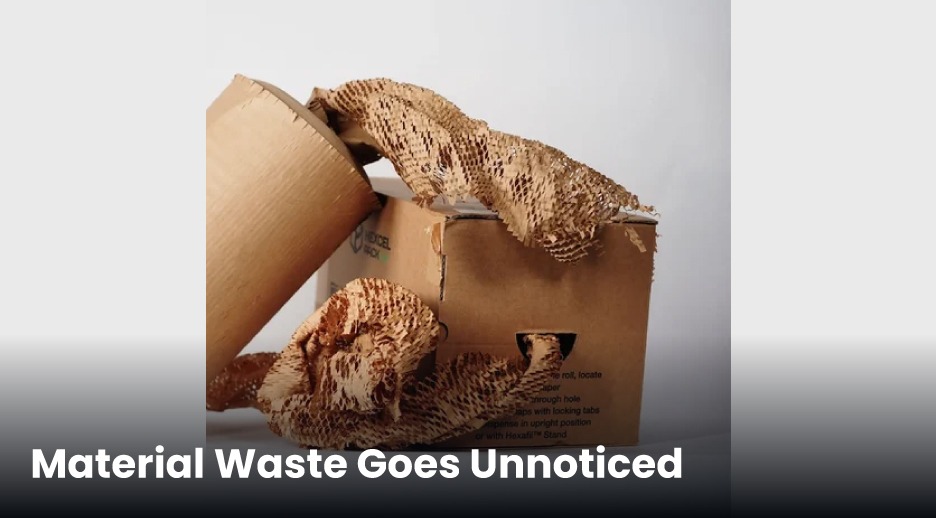
Manual processes often waste packaging material. Too much tape, excessive film, or unnecessary straps may seem small at first, but they add up to significant costs over months.
How machines solve this:
Packaging machines are designed to optimize material usage. For example, stretch wrapping machines apply film at consistent tension, using the least material required without compromising load security.Workplace Injuries and Fatigue
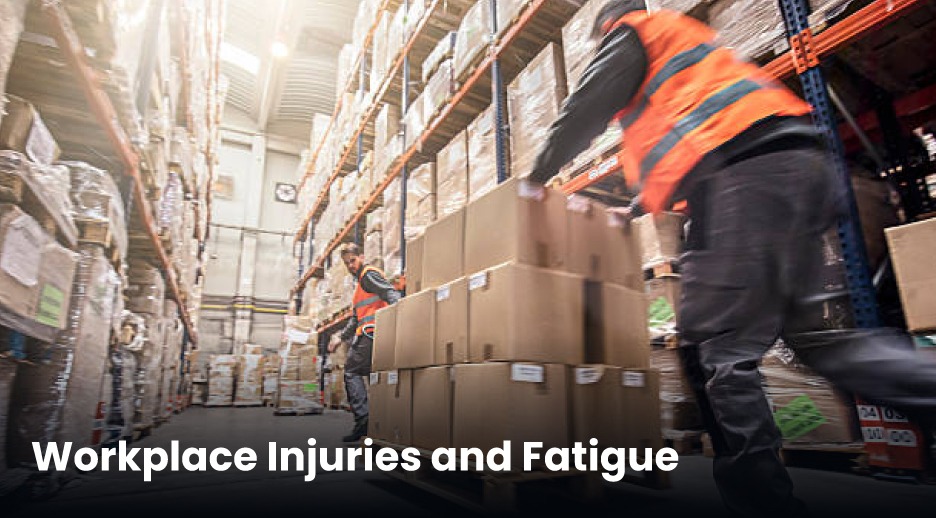
Repetitive tasks like bending, taping, or strapping increase the risk of workplace injuries and employee fatigue. These can lead to medical costs, compensation claims, and lower productivity.
How machines solve this:
Automated systems are ergonomically designed, requiring minimal manual effort. Workers spend less time performing repetitive motions, which helps reduce fatigue and create a safer work environment.
Slower Throughput = Missed Opportunities
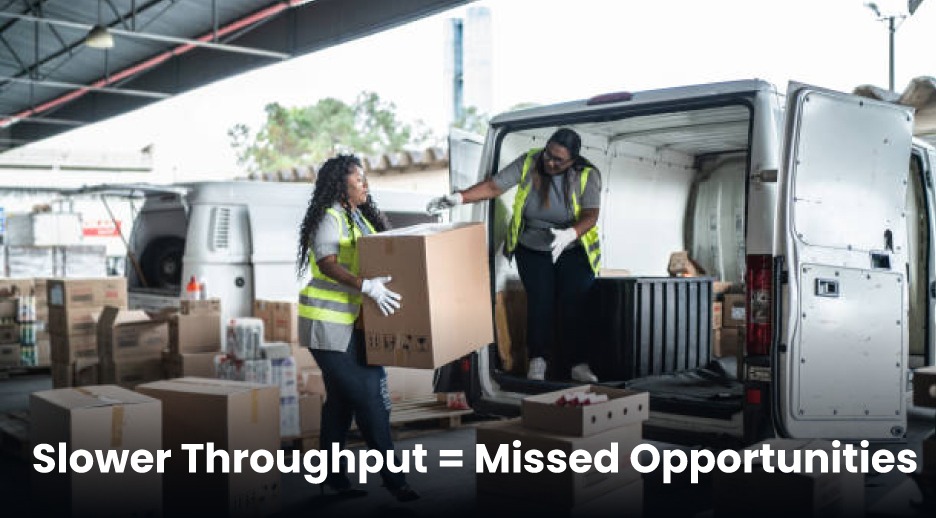
Manual packaging limits the number of boxes processed per hour. In fast-moving industries, slower output can mean missed delivery deadlines, dissatisfied customers, and lost opportunities.
How machines solve this:
Machines work at a consistent pace, significantly increasing throughput. With faster packaging, businesses can handle larger volumes, scale operations, and stay competitive in the market.Hidden Impact on Brand Image
Packaging isn’t just about securing goods—it’s also about presentation. Poorly taped boxes or damaged cartons can leave customers with a negative impression of the brand.
How machines solve this:
Automated packaging ensures a neat, professional, and uniform finish. Every carton looks the same, projecting reliability and quality in front of customers.
The Bottom Line
The hidden costs of manual packaging go far beyond tape or film. They include wasted labor hours, higher material usage, product damage, employee fatigue, and reduced efficiency—all of which cut into profits.
Investing in packaging machines may seem like a big step, but in reality, they pay for themselves by eliminating these hidden costs. By streamlining operations, reducing waste, and improving quality, machines help businesses save money, enhance productivity, and build a stronger brand reputation.
Manual packaging may appear cheaper upfront, but the hidden costs tell a different story. Packaging machines aren’t just a tool—they’re an investment in long-term growth.
Conclusion
At first glance, manual packaging may look inexpensive, but the hidden costs tell a very different story. From higher labor expenses and material wastage to slower productivity and increased risk of product damage, the real price of manual work is much higher than it appears.
On the other hand, packaging machines offer consistency, speed, and long-term savings. They not only reduce waste and improve efficiency but also strengthen customer trust through reliable and professional packaging.
For any business aiming to grow, stay competitive, and cut down on hidden expenses, investing in packaging automation isn’t just a smart choice—it’s a strategic necessity. By making the shift today, companies can unlock higher profitability and build a foundation for sustainable success tomorrow.

